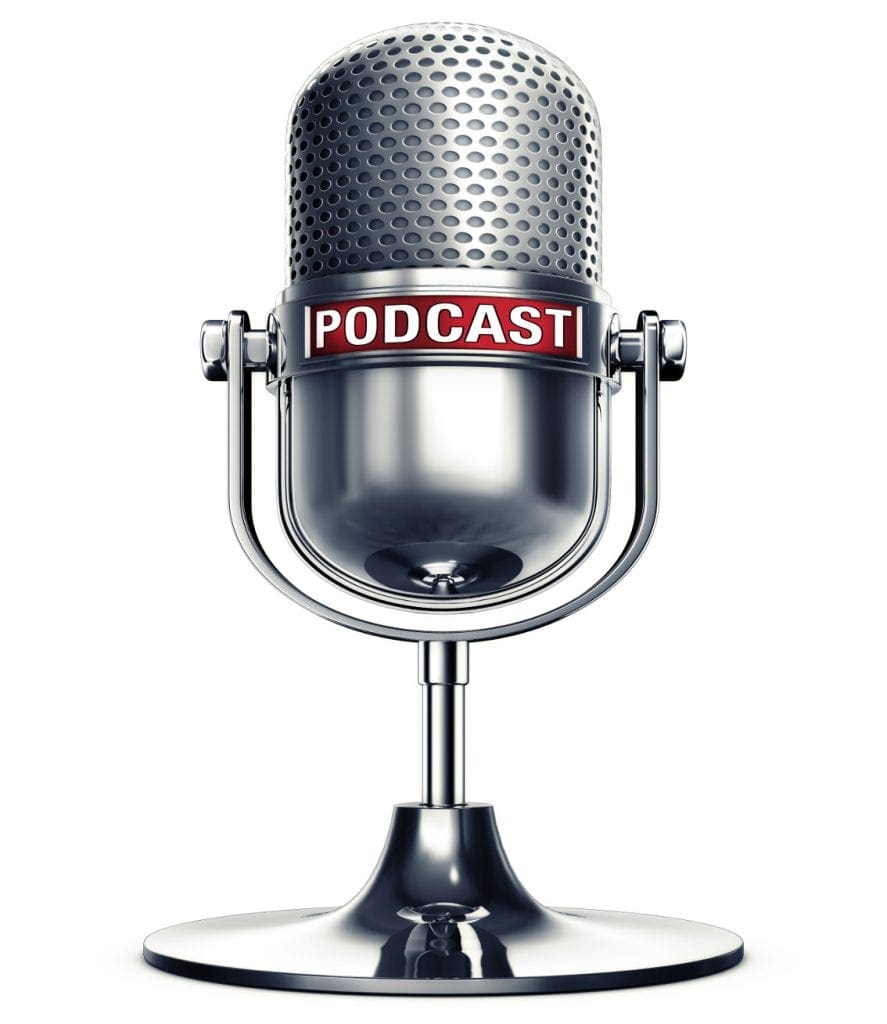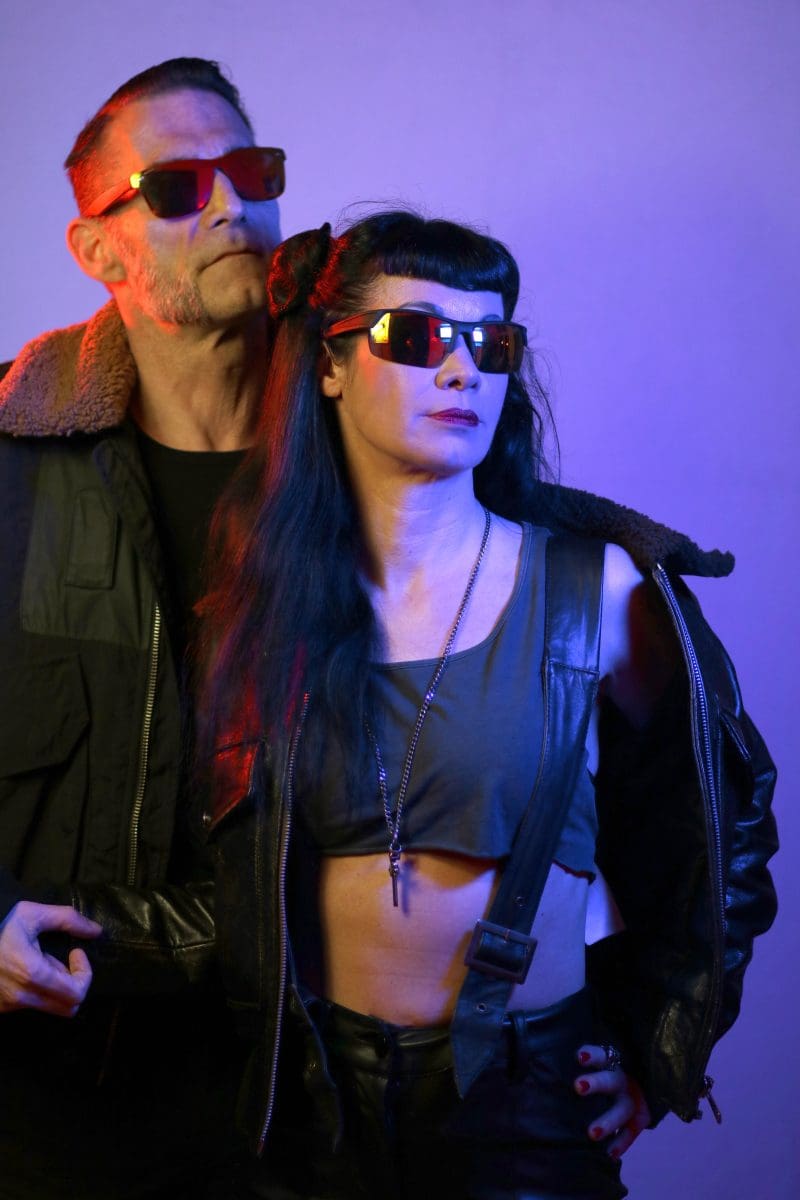How To Choose The Best Microphone For Recording A Podcast

Condense microphone with a pop filter in a studio
Listeners typically judge any podcast by its sound quality. Regardless of the podcast’s topic or format, your listeners will compare your sound to what they hear on the radio and some podcasts produced by broadcast outlets. However, your goal is to make the sound of your podcast so good that nobody would notice how it sounds. If some people notice the sound, there might be something wrong with it.
Luckily, there are ways to ensure that your podcasts will sound better and one of these is to use the right microphone. At present, there are a variety of microphones available in the market, but not all can produce a professional sound for podcasts, so it’s essential to shop around.
Below are some of the things you should consider when choosing the best microphone for recording a podcast:
Determine The Type Of Podcast Microphone Suited For Your Needs

Before shopping around, look for guides and resources like GrooveboxStudios.com that can point you in the right direction. Essentially, there are two types of microphones to choose from:
- XLR – Such kinds of microphones utilize an XLR cable to plug into the audio interface, which is a hub that enables you to plug the XLR cables into it. The interface hooks up to your laptop or computer through USB.
- USB – It works no differently than any USB-enabled device that plug into your laptop or computer. When you take it out of the box and plug it in using a recording software like Audacity, you can easily record your podcast right away.
For those who are just getting started, it’d be best to settle with a USB microphone. However, if you want superior sound quality, you can never go wrong with XLR microphones.
Consider The Price
When choosing a podcast microphone, one of the most essential factors to consider is the price. Fortunately, there are many affordable microphones available in the market. These days, not all expensive microphones are a better option than the cheaper ones. Some cheap microphones can be amazing for podcasts. Just make sure to choose the one with better stability and quality for your recording studio.
Choose Between Dynamic And Condenser Microphone
More often than not, condenser microphones provide a much higher output level and are more sensitive. A microphone with higher output level can be useful since the signal doesn’t have to be amplified as much by your mixer.
In addition, a condenser microphone has a better response to high frequencies compared to dynamic microphones. It provides condenser microphones with a detailed and crisp sound. But it may be an issue for podcasters who often record at home where there are lots of unwanted saliva, lip smacks, and other noise that may get picked up.
Dynamic microphones, on the contrary, focus on the signal pushed into it and mark such noise naturally.
Pay Attention To Microphone’s Directional Capability
The microphone’s directional capability explains how the microphone may pick up sounds from any direction. In short, it means that they could pick up unwanted sounds that could ruin your podcast.
While there are microphones that may pick up sounds from any direction, some would only pick from certain directions. Below are the differences of a microphone’s directional capability:
- Shotgun Microphones – These are unique microphones that come with a cardioids polar pattern, which is highly directional and may yield good attenuation at the sides of the microphone while maximizing the sounds captured at the front. Shotgun microphones feature the best ratio for producing an accurate sound that’s captured by the mic’s front.
- Omni-Directional Microphones – Such microphones may pick up sound from any direction and could pick up any unwanted noises easily. Usually ideal for broadcasting or reporting, an omni-directional microphone isn’t best for recording a podcast.
- Cardioids Microphones – These microphones pick up the sounds that come from the front direction and may also capture the sounds coming from the sides. Cardioids microphones are also one of the popular kinds of microphones for recording music.
- Bi-Directional Microphones – These microphones can pick up sounds from the sides and are popular with people creating a podcast, most especially the ones who do interviews. However, a bi-directional microphone is quite expensive.
Conclusion
Choosing the best microphone for recording a podcast may be challenging, most particularly if you’re a first timer and you don’t know the right options to choose from. However, with those things mentioned above, you’re to you’ll find the ideal microphone suited for your budget and podcast needs. Just always prioritize quality over price to get the best value for your investment.
Since you’re here …
… we have a small favour to ask. More people are reading Side-Line Magazine than ever but advertising revenues across the media are falling fast. Unlike many news organisations, we haven’t put up a paywall – we want to keep our journalism as open as we can - and we refuse to add annoying advertising. So you can see why we need to ask for your help.
Side-Line’s independent journalism takes a lot of time, money and hard work to produce. But we do it because we want to push the artists we like and who are equally fighting to survive.
If everyone who reads our reporting, who likes it, helps fund it, our future would be much more secure. For as little as 5 US$, you can support Side-Line Magazine – and it only takes a minute. Thank you.
The donations are safely powered by Paypal.














